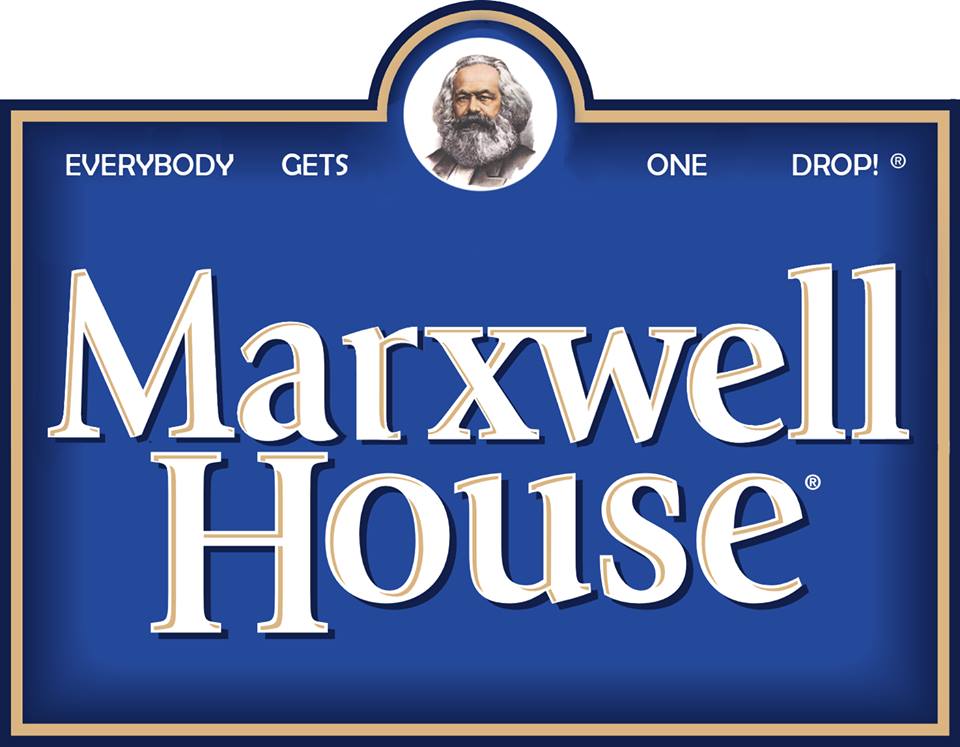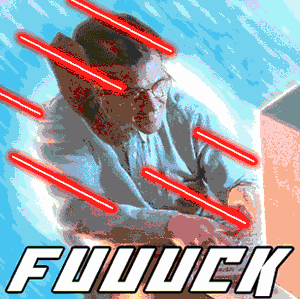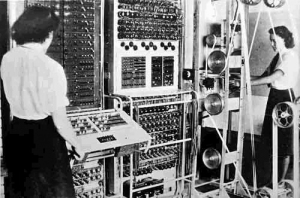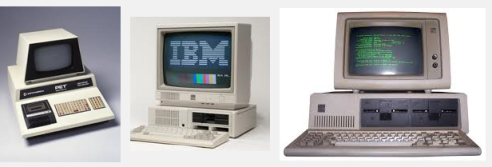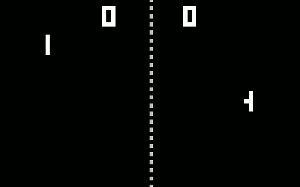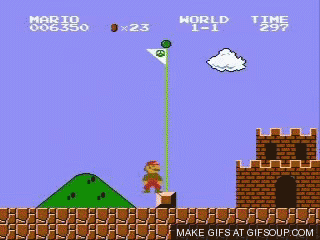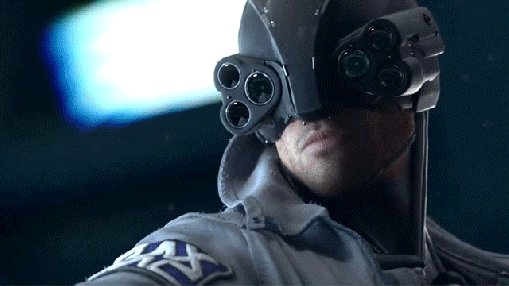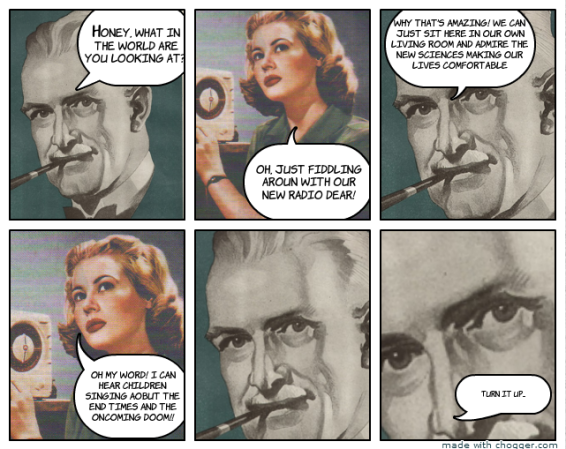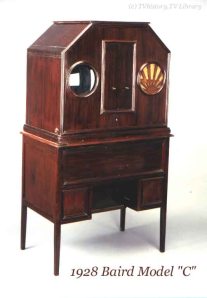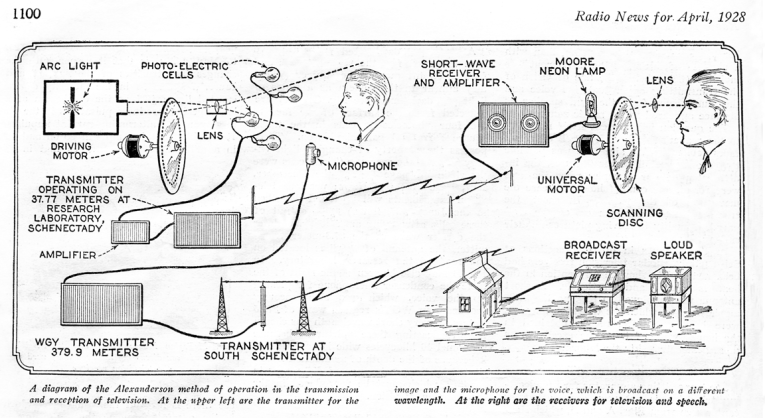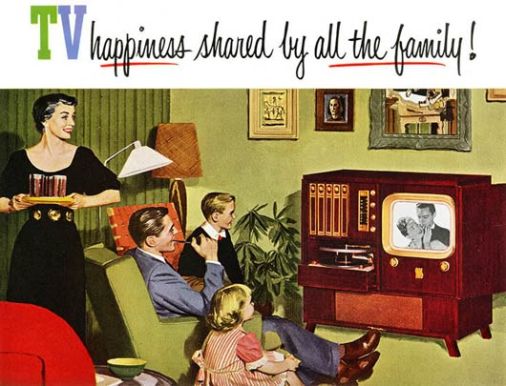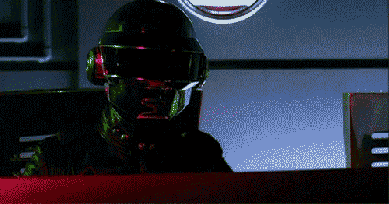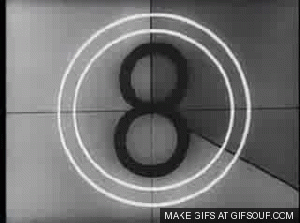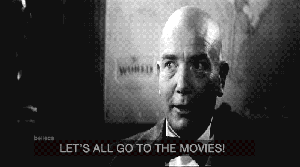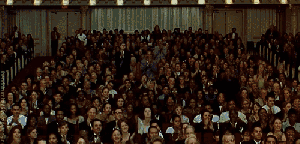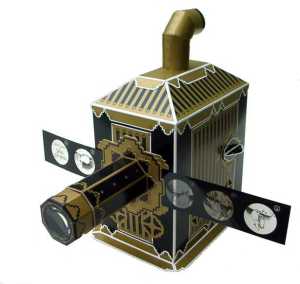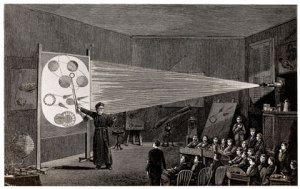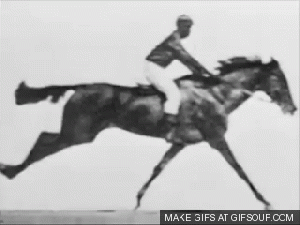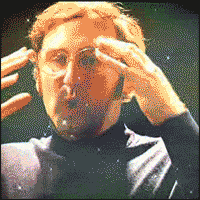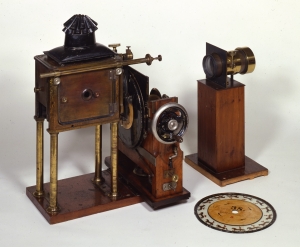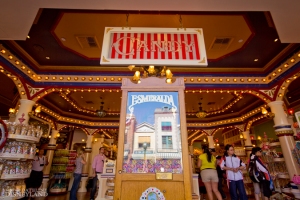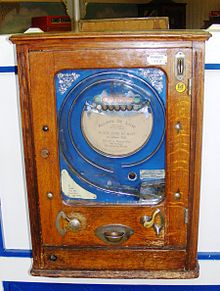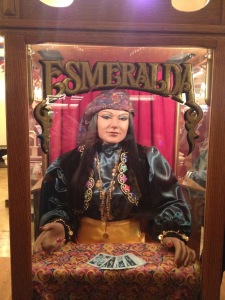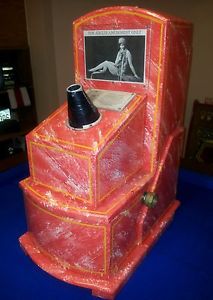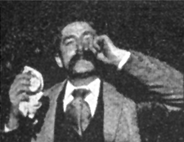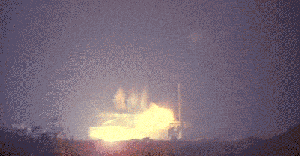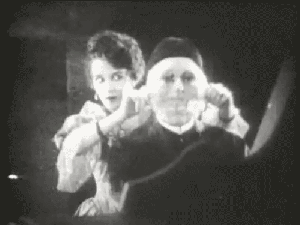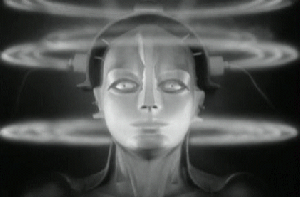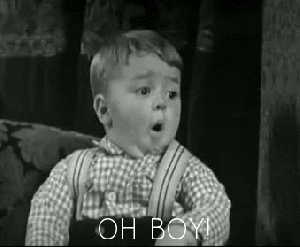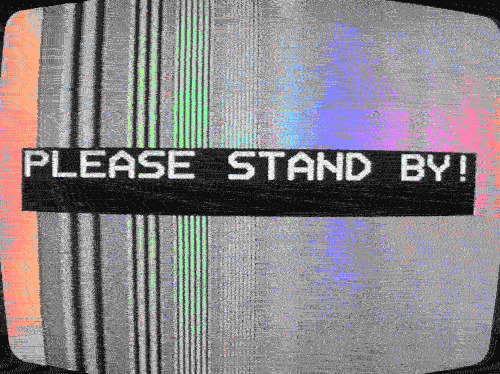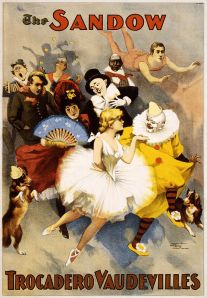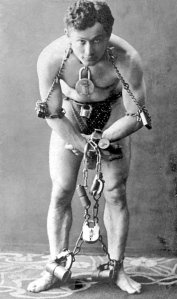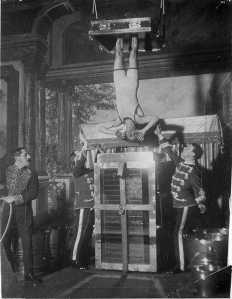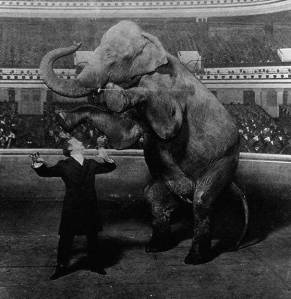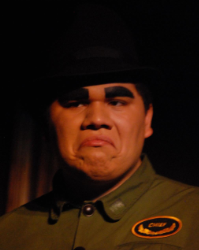So! Thing have started to really move forward and we’re starting to see a whole lot of things in entertainment, a whole lot of really new things. Anything from the cinema, to the television and things that are becoming more and more commonplace and more accessible by the general public. They’re beginning to change how we view things, how we have opinions about who was a better debater or if that movie was really good or really not, living rooms are now changing to accommodate a television so that the family would come closer together.
So not only are these new technologies making new sets of mind or even changing the way we live but they’re also making for a way for our world to become smaller and we’re able to absorb information from almost anywhere, at least when it becomes available. See, while most things that had now became accessible to more and more people, there was still the issue of getting information from place to place with a quick sort of way, and while some of this new technology did that, there was still the idea of a way for information to stream faster and faster. And this idea was eventually realized, with the introduction of…THE COMPUTER
I am so sorry…
Well, rather the Personal Computer, but first comes the question as to what IS a computer?
Well, in the broadest terms, a computer does what the name implies, compute. Which means it is a device that is able to compute any certain command you give it and complete it’s task. And that goes all the way back to when abacuses were a thing, you input a number and another number to calculate and then it would give you the answer of them being put together.
Now this went for a long while, doing normal sort of calculations that you could give and and immediately give you a number you’d be able to receive a different number. These devices would be doing these sort of task until about world war II, now this was when we had an idea of actually electronically computing information, and that was of which the code that the axis powers were sending back and forth from each other. And with methods of breaking said code being well slow and sometimes inaccurate, even then the codes were sometimes thought to be unbreakable, so there came the question, “How can we even break these codes?” So someone thought, what if we did the same thing we do to break codes, really fast and dozens of times?
Thus enter the COLOSUSS COMPUTER!
This monster is actually the first electronic digital computer, and was actually programmable! What’s that mean you may ask? Well, it means that you can now tell it do do a specific task or even a set of tasks and it will be able to complete them. Which is great! If not for the massive size of it, which was a recurring thing for the early computers, because you had so much computing power you’d be able to get, but in the early times this was easier said than done. Like seriously, here’s a photo of a 5 megabyte hard drive.
Soon the attention went to not how it does something, but how can we make it smaller, enter the miniaturization of computers! Making a Personal Computer!
Yeap, that’s it, the first personal computer! Well, you have to look at it like this, computers such as the colossus of even the ENIAC were programmable and able to do what was commanded of them, though they were only for government use or for any sort of official use, so the use of them outside of the military sector was seen as unpractical. Though suddenly you make circuits and processing boards smaller, you now have a way to make something programmable for personal use, and still even government use. Which meant you could have several computers doing separate tasks for one job. So suddenly you have more opportunities for more and more different programmable computers that became more and more accessible, and with technology becoming more and more accessible you have more and more competition to become the most technologically advanced than the other. Enter the IBM, the Commodore, and the Apple computers!
These were the first wave of commercial personal computers, each with it’s own specific circuit boards and computing techniques, and each with it’s own special features and ways of programming. Which would then lead to something really big, you ready for it? Cause I’m going to-VIDEO GAMES.
I am absolutely sorry…
VIDEO GAMES, the basic programing something to do another thing deh-GAMES, like seriously games.
With the use of computers that allowed vast amounts of programing, someone had the thought of inputting commands that would allow you to do various thing if you did a certain thing, so what if you made a game. And you know what the first of such was? Pong.
While this may look less than, exciting, it’s actually quite intricate. Imagine it like so:
If I move to this direction and move the ball, then the ball will move at a certain angle and once it reaches a certain place it will go in another direction at an angle and continue until it gets another command from the second pong prong. And this becomes really really huge, like groundbreaking huge, the fact that you now have a moving thing in front of you changes the idea of the video game. Though people thought it would never catch on, in just under 20 years we go from this:
To this:
(Cyberpunk 2077 is the game btw)
(Speaking of, stepro I recommend this game)
So, you may ask, how in the world does this affect my-YOU ARE CURRENTLY READING THIS ON A DEVICE THAT 70 YEARS AGO WAS CONSIDERED SCIENCE FICTION FROM AN IMAGINARY LINE THAT IS BEAMING FROM SPACE AND BACK.
I’m sorry, that was a bit much.
But goodness gracious! This is one of the most influential devices to have ever swept the 21st century! This is literally shaping a new way of life for each and every person with this technology! The fact that you’re viewing this alone is bounds of technology that is still a marvel! Imagine peeling back the screen for a moment, at that level you’d see a rough skeleton of how this device is sending messages to parts of the programing to send information to the screen to display one certain image when you command it to open up a program. Peel back more, you see a series numbers that cross the screen in a series of yes and no, until you go back even more and see a whole circuit board that tells certain parts of the computer to carry out certain functions at the certain time, all done within microseconds of each other.
Technology as we know it and entertainment as we know it has now changed the world as we know it, from the earliest parts of where it began, to where it has now become. From the theater down in vaudeville, to the screen you’re watching from, things are just becoming faster and faster and have become more than just a mere fantasy. And to make these many leaps and bounds in just a relatively short amount of time, I can only imagine what the next step will be and how ready we will be for it.
And with that, I leave you with a solemn song:
